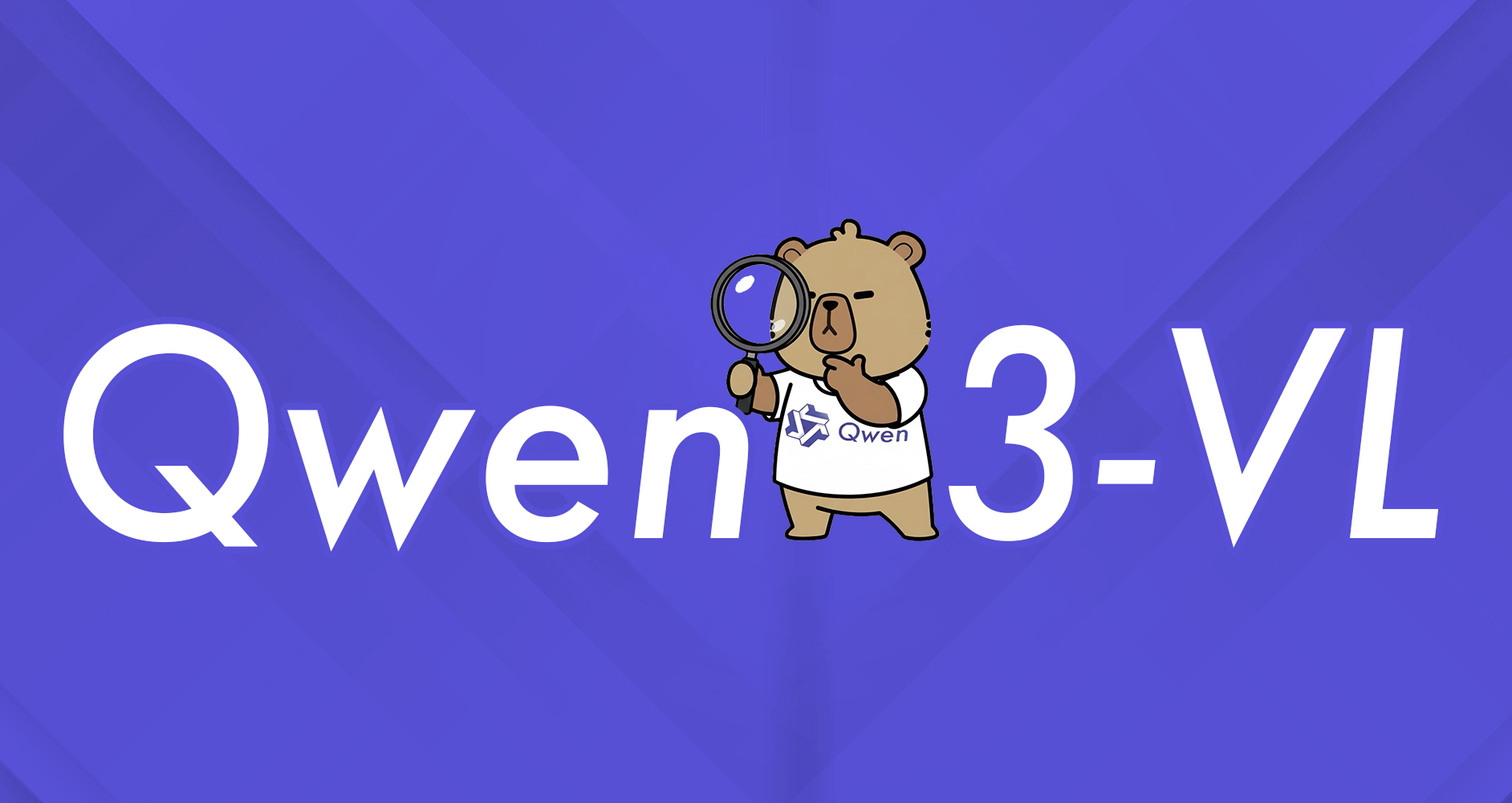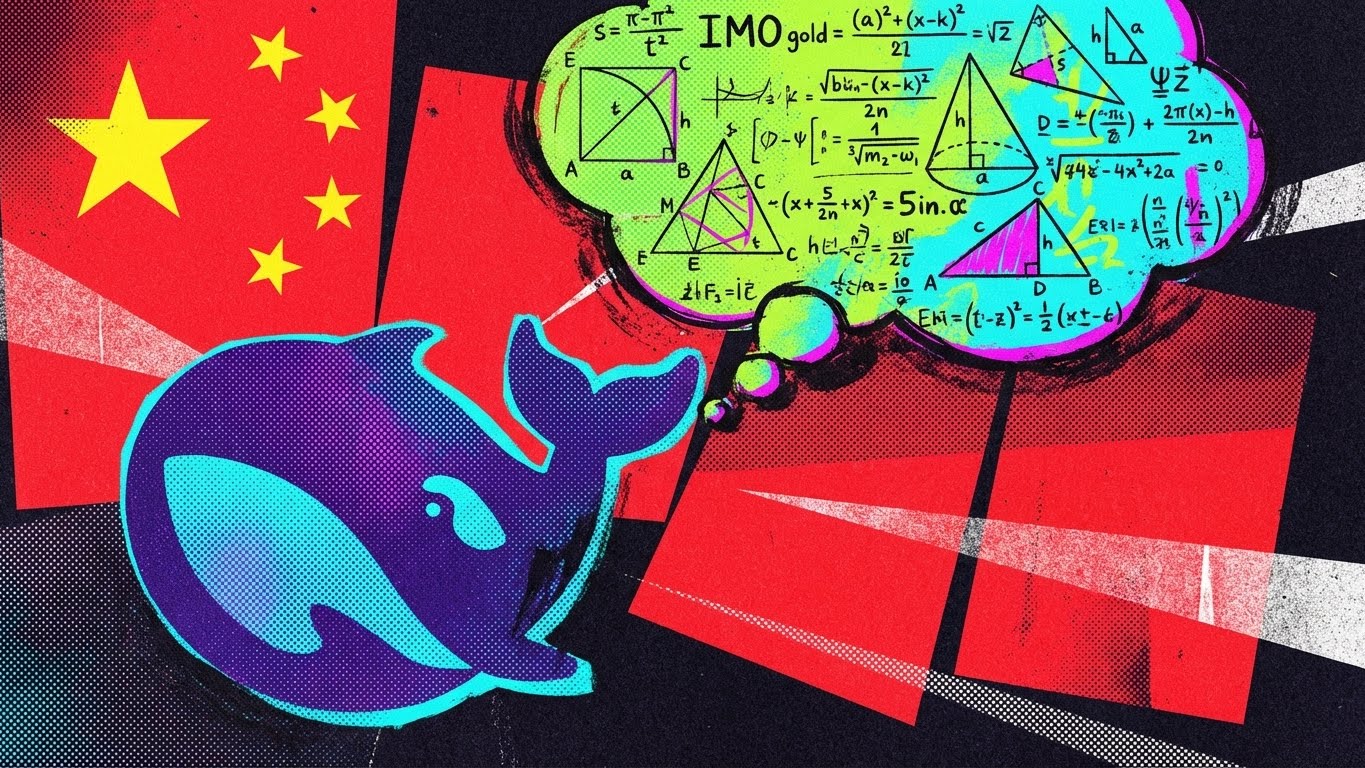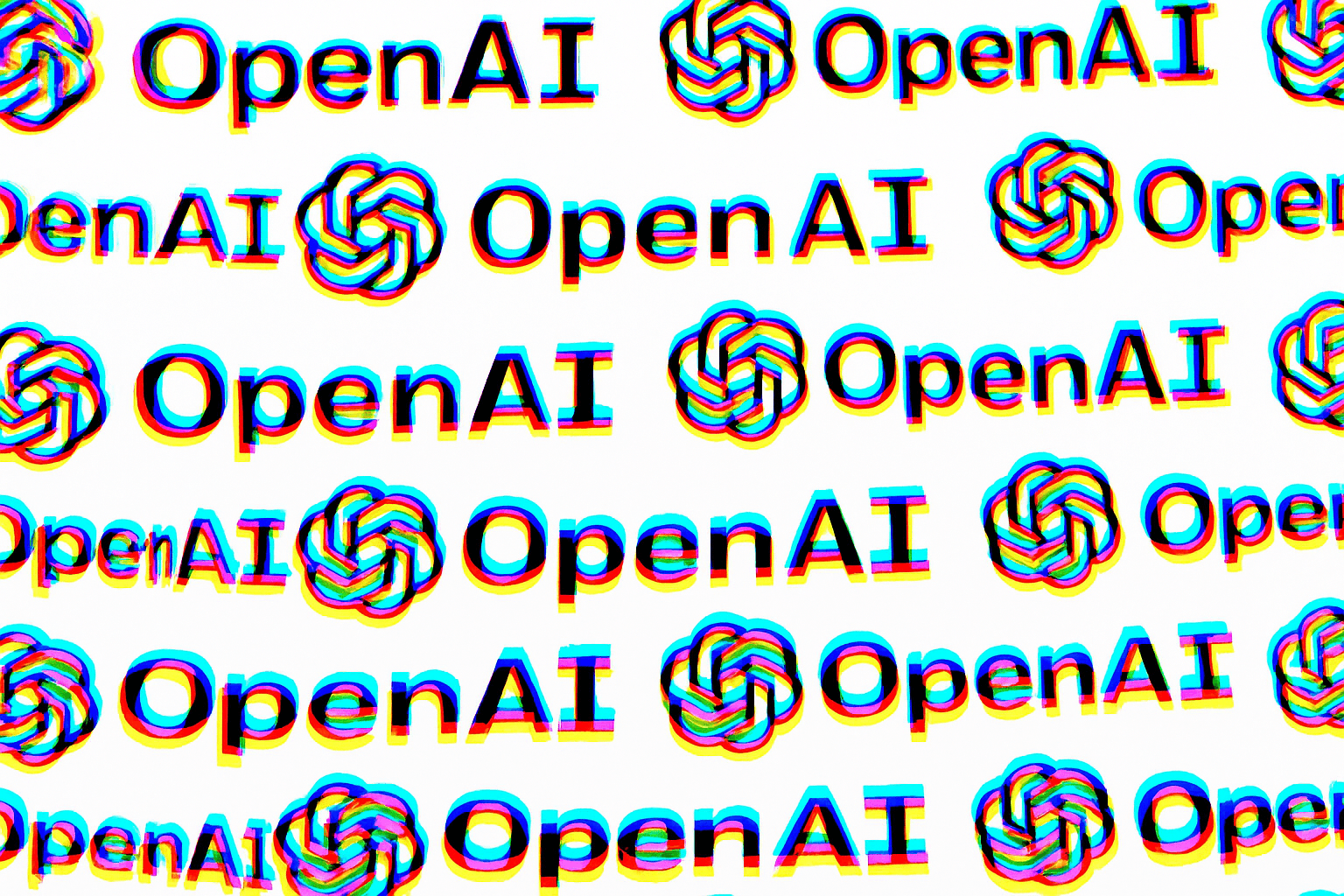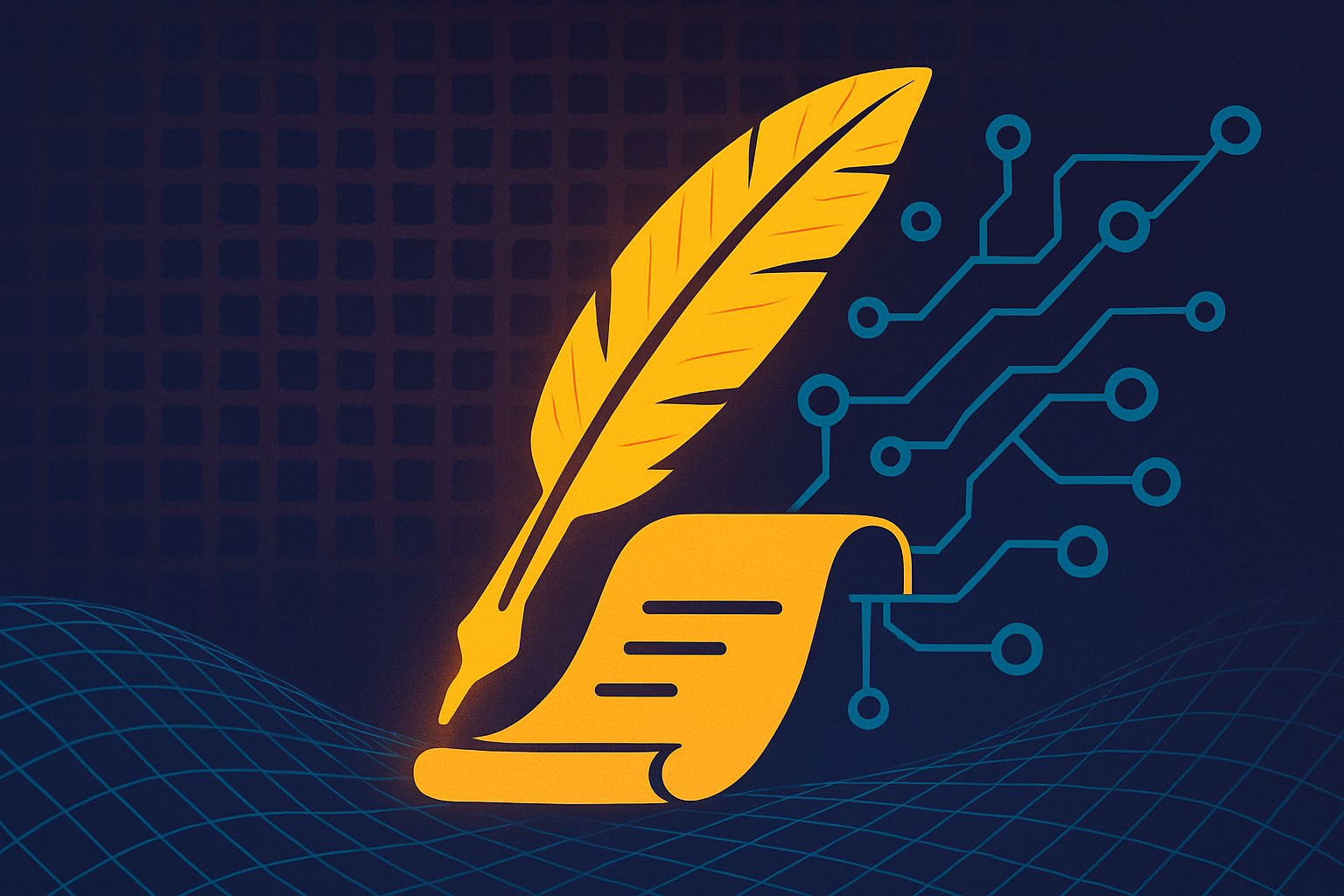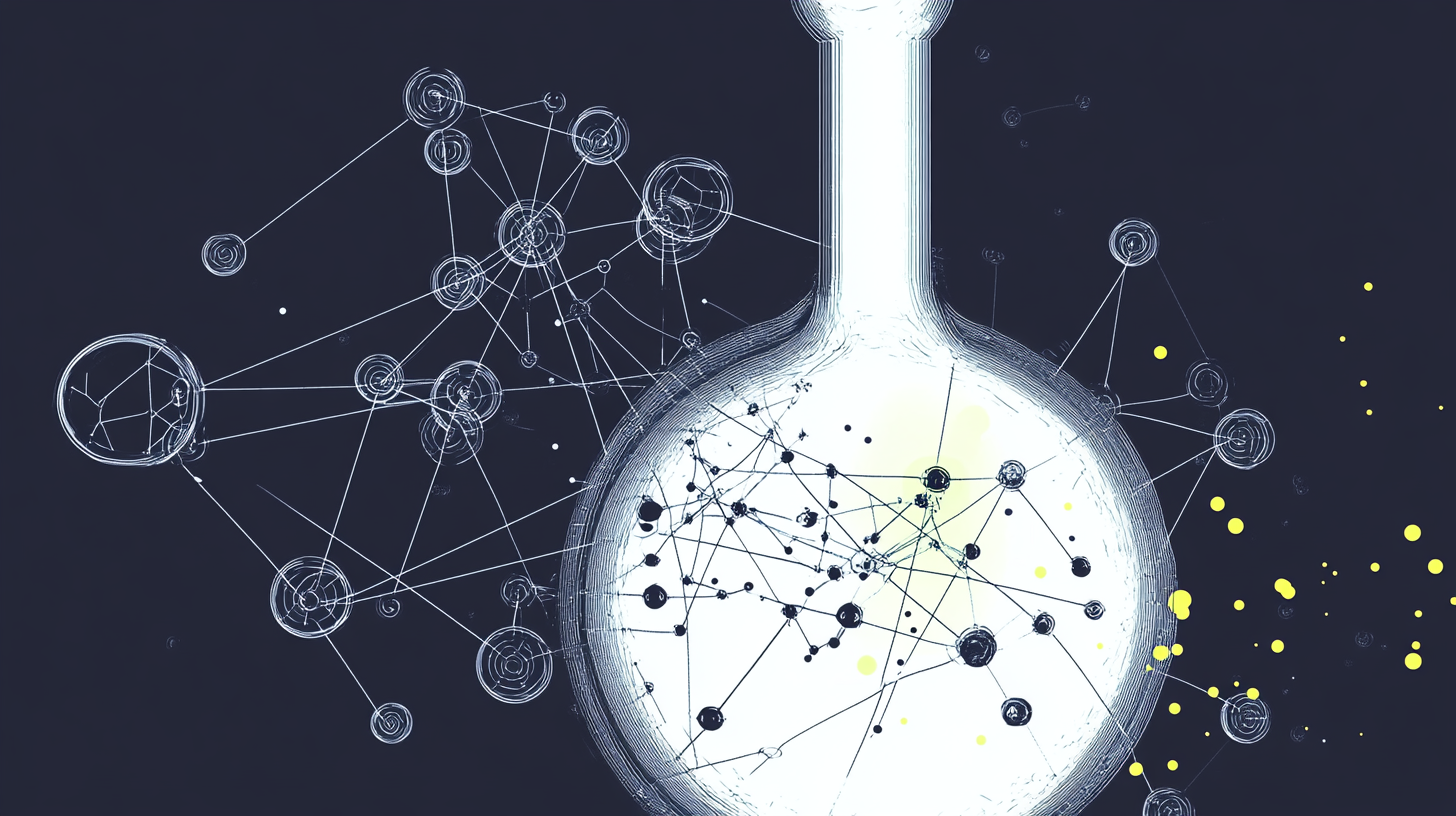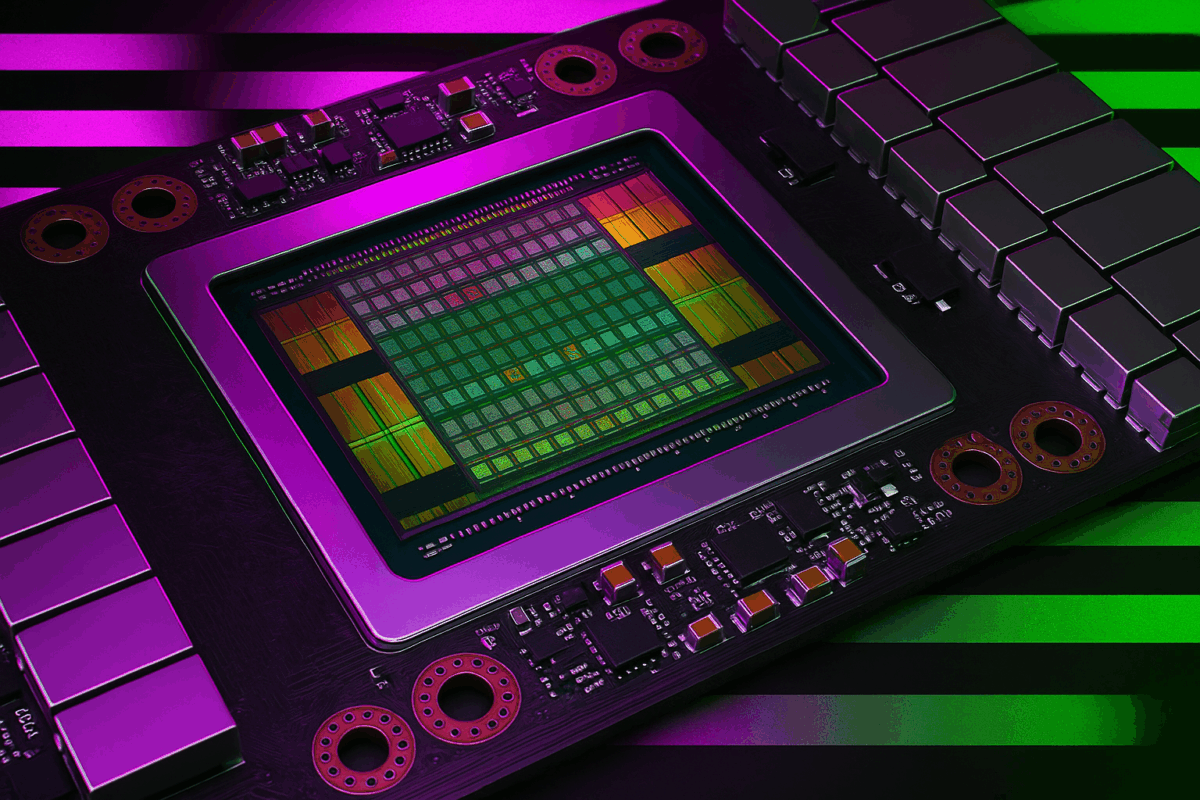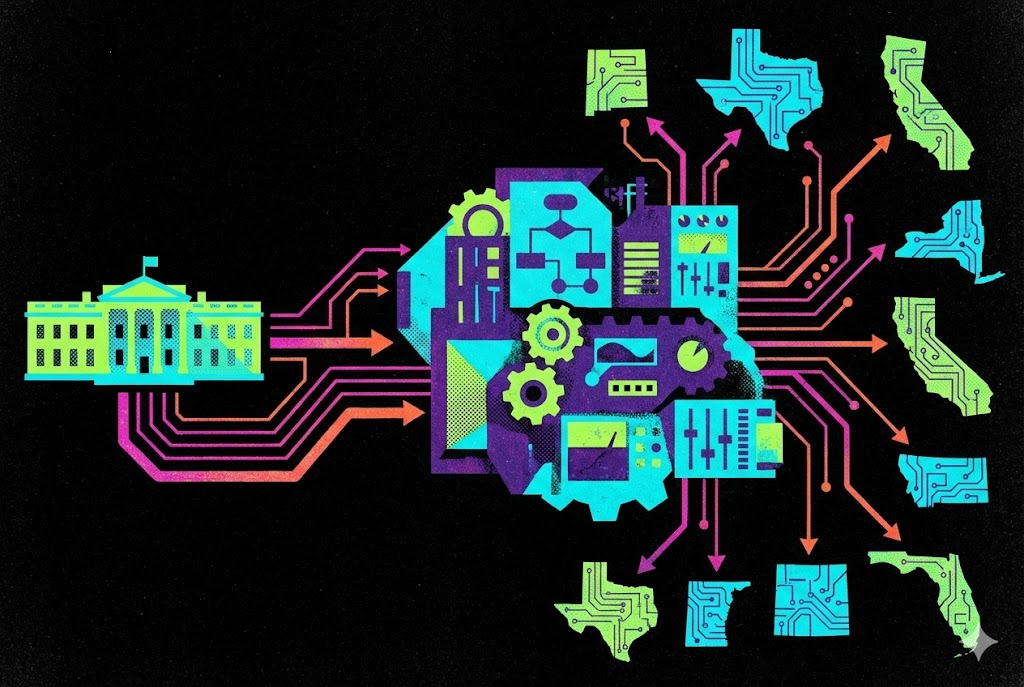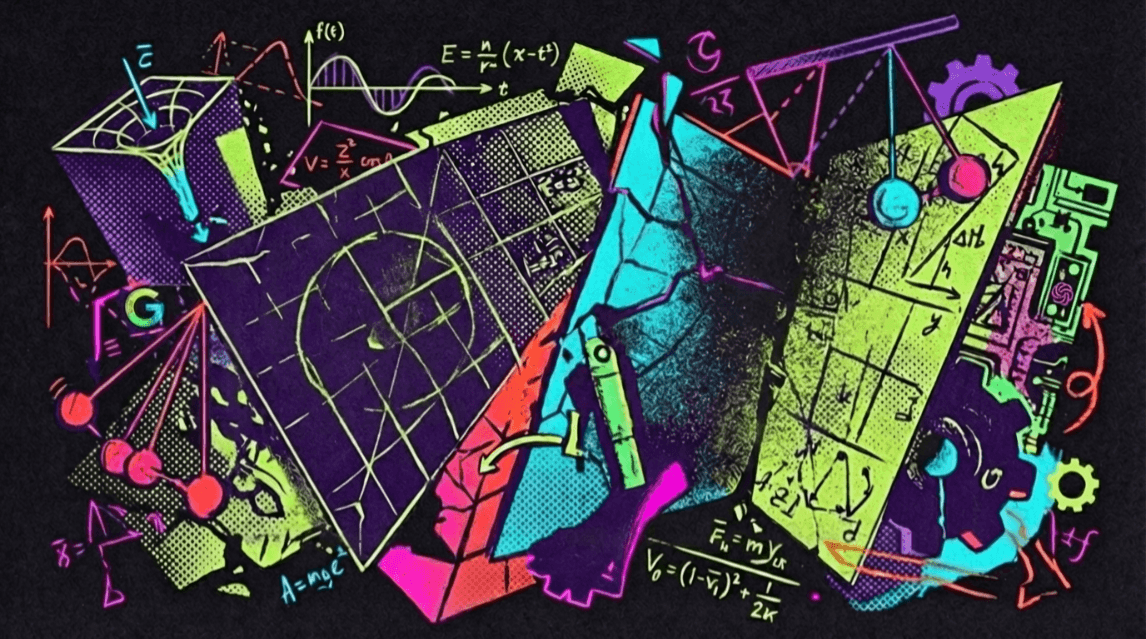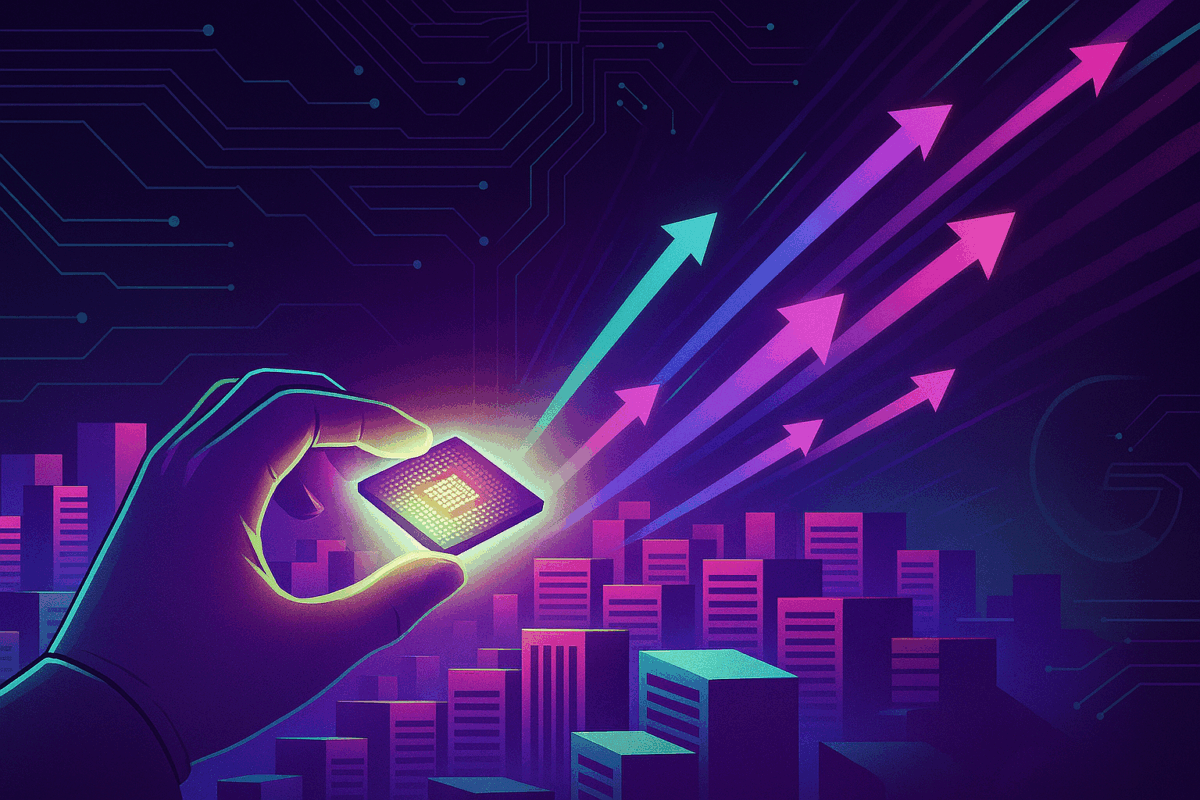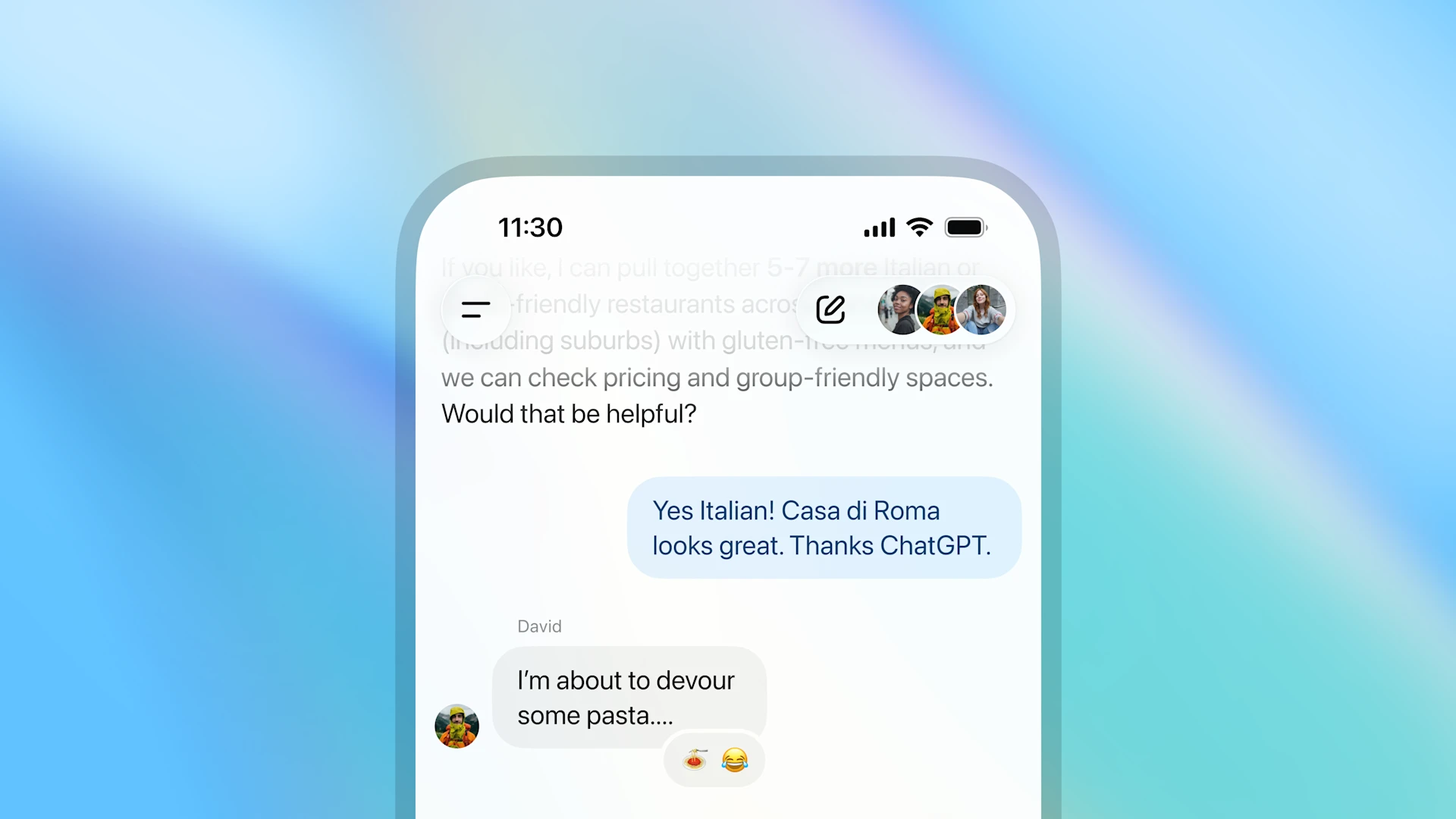1.
Alibaba released a detailed technical report on Qwen3‑VL, an open multimodal model that scanned up to two‑hour videos, demonstrated strong performance on image‑based math tasks, and could analyze hours of video footage.
2.
Deepseek reported that its DeepseekMath‑V2 model had reached gold‑medal status at the Math Olympiad, positioning the company in close competition with Western AI labs.
3.
Financial Times reported that several OpenAI partners had taken on roughly $96 billion in debt to fund data center and chip expansion for AI infrastructure.
4.
The Decoder reported a study that showed malicious actors could bypass large language model security filters by phrasing prompts as poetry, with success rates up to 100% across 25 leading models.


